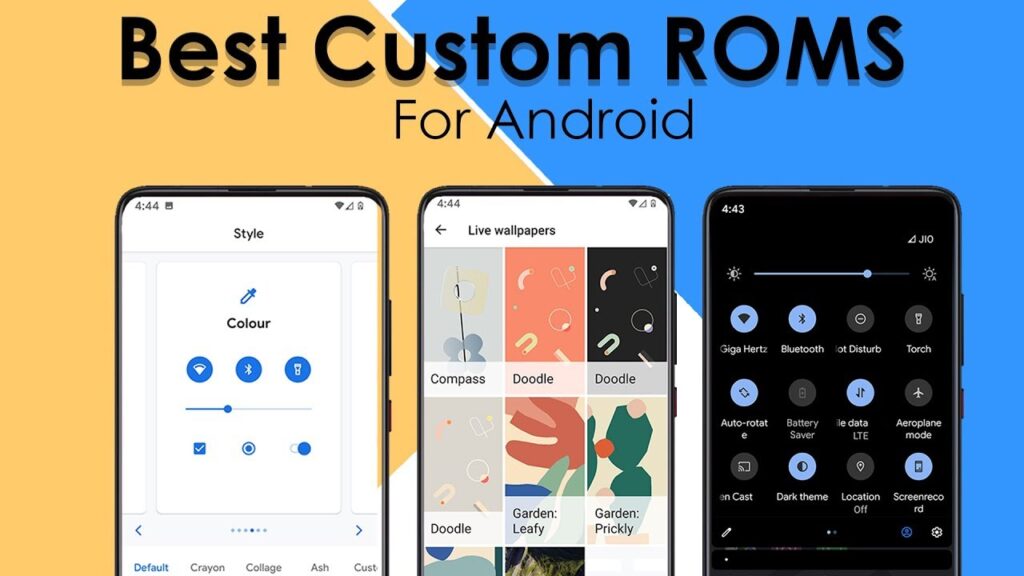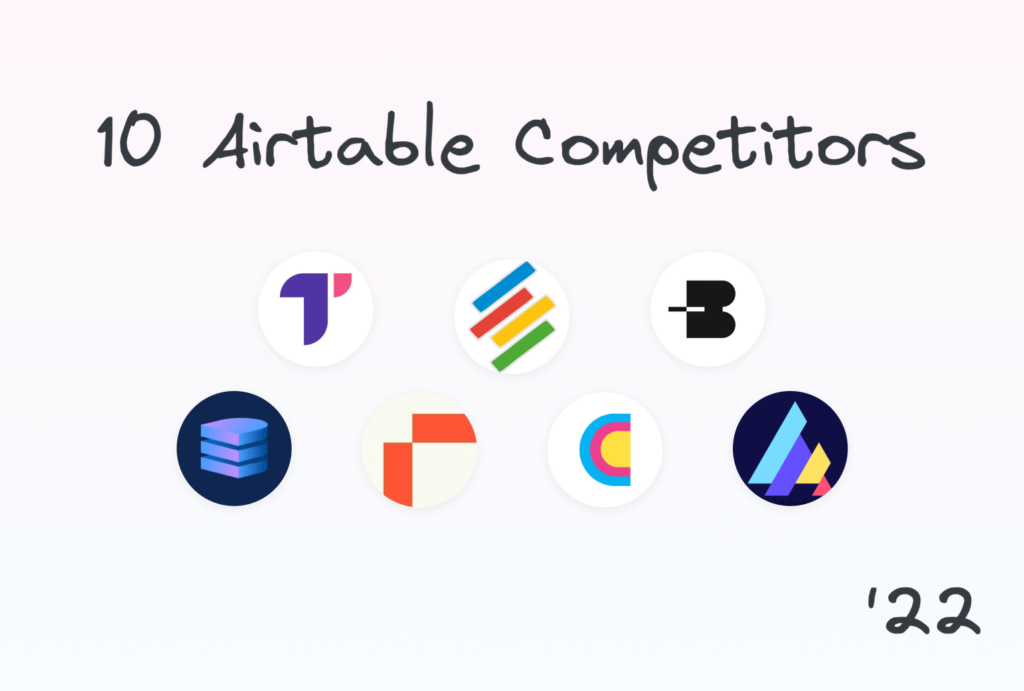
Amidst the array of Linux desktop environments available, selecting one can prove daunting, especially for novices or those transitioning from Windows. If the concept of a desktop environment is unfamiliar, it essentially encompasses a collection of libraries, toolkits, modules, and applications that render the desktop visible and operational on-screen, facilitating user interaction with the system.
Key components of a desktop environment comprise the window manager, icons, toolbars, panel, widgets, wallpaper, screensaver, along with essential applications such as a file manager, browser, media player, text editor, and image viewer. This concept mirrors that of Windows, which featured environments like Metro in versions 8 and 8.1, Aero in Windows 7, and Luna in XP.
One great aspect of Linux is the freedom to choose your preferred desktop environment, regardless of the distribution you use. If the default environment doesn’t suit you, you can easily install another – or even a couple more. But how do you decide?
Presenting the Top 10 Linux Desktop Environments
1. KDE
Established in 1996, KDE stands as one of the oldest desktop environments. Built on the Qt framework, it offers extensive customization options. Many popular Linux distributions, such as Ubuntu, Linux Mint, Fedora, and openSUSE, feature KDE either as the default or as an optional variant.
Beginners often feel overwhelmed by the multitude of options in KDE. However, KDE is an ideal desktop environment for those who desire extensive customization, as it enables such adjustments. Currently, there are two branches of KDE in development: the 4.x series, initially released in 2008, and KDE Plasma 5 & Frameworks 5, which debuted in July of last year. Plasma 5 introduces numerous enhancements, primarily emphasizing a more streamlined visual experience, including improved launchers, menus, and notifications, as well as enhanced usability across various devices.
KDE 4.x series remains widely supported and utilized by most KDE users. Its primary feature, the Plasma interface, offers three variations tailored for desktops, netbooks, and tablets. Plasma serves as the workspace upon KDE startup, allowing customization through widgets and panels, facilitating multiple desktops, and employing “Activities” to categorize widgets and apps by function. For instance, users can consolidate social media tools within one Activity, accessing them selectively.
KDE offers a plethora of applications within its Software Compilation, arguably surpassing other desktop environments in terms of breadth and functionality. Among these applications are Dolphin (file manager), Kate (text editor), Konsole (terminal), Gwenview (image viewer), Krunner (launcher), Okular (document and PDF viewer), Digikam (photo editor and organizer), KMail (email client), Quassel (IRC client), and K3b (DVD burning application).
Ideal for: advanced users seeking greater system control, enthusiasts of desktop effects and extensive customization.
2. GNOME
Since its 1999 debut, GNOME has consistently rivaled KDE. Unlike KDE, GNOME utilizes the GTK toolkit, aiming for simplicity and a classic desktop experience. However, in 2011, GNOME underwent a significant overhaul with the introduction of GNOME 3, replacing the traditional desktop with GNOME Shell. This change sparked discontent among users and developers, leading some to fork GNOME 2 and develop entirely new desktop environments.
Nevertheless, GNOME 3 persisted and is now as popular as KDE. It currently offers a Classic Mode to satisfy nostalgic GNOME 2 enthusiasts. GNOME Shell stands out as its most prominent feature, featuring a convenient Activities Overview for quick access to tasks, apps, and notifications. Additionally, the Dash serves as a launcher with shortcuts to apps, accessible also through the Search box.
GNOME 3 aims to streamline workflow, emphasizing connectivity and accessibility, with features reminiscent of OS X, making it attractive to former Mac users. Similar to KDE, it offers a variety of applications, including Nautilus for file management, Evince for document and PDF viewing, Gedit for text editing, Eye of Gnome for image viewing, and Totem for video playback.
Ideal for: touchscreen devices; users exploring alternative desktop experiences; those transitioning from OS X.
3. MATE
Essentially, MATE is the resurrection of GNOME 2 – retaining the familiar interface while incorporating updates and enhancements. MATE is particularly suitable for older hardware as it operates efficiently without the need for compositing, making it ideal for low-end computers. Originating in 2011 as a fork of GNOME 2, MATE not only forked the desktop environment base but also various GNOME applications.
Supported by major Linux distributions like Ubuntu, Linux Mint, Debian, Mageia, and PCLinuxOS, MATE comes with a suite of applications including Caja (file manager), Pluma (text editor), Eye of MATE (image viewer), Atril (document viewer), and more. It caters to users seeking a simple and lightweight desktop environment, eschewing the complexities of other feature-rich alternatives.
Best for: users with old computers, beginners, those seeking a lightweight DE with a traditional approach to the Linux desktop.
4. Trinity
Trinity is to KDE what MATE is to GNOME, a continuation of the KDE 3 series. When KDE 4 launched, it was arguably unpolished and unstable for everyday use, leaving many users disgruntled. Trinity emerged as a forked desktop environment compatible with older hardware and as customizable as the classic KDE 3.
Trinity isn’t merely a duplicate of KDE 3; it’s a standalone desktop environment with distinct features. Unlike KDE, Trinity lacks Activities and the semantic desktop component for file indexing, PIM, and search—services like Nepomuk, Strigi, and Akonadi that many KDE users disable upon installation. However, Trinity boasts an impressive array of applications including ShowFoto (photo editor and viewer), Konversation (IRC client), Konqueror (file manager and web browser), Kaffeine (media player), KWord (word processor), Basket (note-taking app), and KEdit (text editor).
Best for: users who appreciate KDE 3’s aesthetics and those seeking a lighter alternative to KDE.
5. XFCE

XFCE debuted in 1996 and currently stands at version 4.12, released in February. It’s a lightweight GTK+ 2-based DE, offering full theme customization, window tiling, and Preview Mode akin to OS X’s Mission Control. Geared towards beginners seeking a stable, user-friendly DE, XFCE prioritizes simplicity while enabling customization through intuitive dialogs.
The default desktop includes a panel, dock, and icons, ensuring a familiar interface even for Linux novices. Core applications such as Thunar (file manager), Leafpad (text editor), Parole (media player), Xfburn (DVD burner), Midori (web browser), and Ristretto (image viewer) are bundled, akin to other major desktop environments.
Ideal for: beginners, users with older hardware, and those seeking a simple, uncluttered DE.
6. LXDE
LXDE, a super-lightweight desktop environment, emerged in 2006. Now widely endorsed by major distributions, it’s often hailed as the top option for breathing life into aging computers. LXDE offers easy customization and stands out for its applications’ minimal dependencies, allowing hassle-free installation on any other DE.
Appearance-wise, it exudes a traditional aura reminiscent of the Windows XP interface. LXDE boasts exceptionally low system requirements, reportedly consuming only 50 MB of RAM upon startup. Bundled with essential applications like PCManFM (file manager), GPicView (image viewer), Leafpad (text editor), LXMusic (music player)…
Best for: beginners, older users, users transitioning from Windows, and those with low-end hardware.
7. Enlightenment
Surprisingly, Enlightenment predates GNOME and KDE, originating in 1997. Despite its age, it lacks the widespread popularity of its counterparts due to prolonged development stagnation. Presently, some distributions, notably Bodhi Linux, feature it as their primary DE, though it’s readily installable and testable on any distribution.
Enlightenment prioritizes visual experience and graphic innovation. Noteworthy features include desktop animations, window grouping (allowing for simultaneous resizing, moving, and closing), window minimization into desktop icons, provision of up to 2048 virtual desktops across 32 grids (each with its wallpaper), and the ability to stack desktops beneath one another for layered multitasking. Default applications include Terminology (terminal), ePad (text editor), Ephoto (image viewer), Epour (torrent client), and Rage (media player).
Recommended for: users seeking a different desktop environment and those keen on desktop customization.
8. Cinnamon
Cinnamon, born from the minds behind Linux Mint in 2012, builds upon GNOME Shell with a distinct vision. It aims for a sleek, user-friendly desktop environment, ensuring a modern appearance and seamless performance without overwhelming newcomers. Despite its youth, the project boasts numerous impressive features, and it’s widely available across various Linux distributions.
Cinnamon supports desktop themes, effects, and allows addition of applets (panel widgets) and desklets (desktop widgets) to workspaces. It features a versatile, customizable panel menu that can be replaced with other applets or extensions. Handy window management features include edge tiling and snapping, with upcoming versions promising better support for multiple monitors. Notably, some of Cinnamon’s applications, such as Nemo (file manager), were forked from GNOME.
Best for: beginners, users seeking simplicity and ease of use, and those desiring a lightweight yet attractive DE.
9. Unity
Some readers might argue Unity isn’t technically a DE, and they’d be right—it was built as a shell for GNOME and lacks a set of applications. However, it’s one of Canonical’s major projects, categorized as a desktop environment, hence its inclusion here. Unity, designed for netbooks and touchscreen devices, prioritizes screen space optimization and seamless accessibility to Ubuntu’s applications, files, and features. Initially released in 2010, Unity is now installable on various distributions, akin to any other DE.
Unity distinguishes itself with separate indicators for applications and system functions, a head-up display for quick searching, and an entire search overlay known as Dash. Dash contains Lenses, which send search queries to Scopes and display results. Scopes can search for content on your hard drive or across various Internet services, including Google Drive, Github, and Wikipedia. Installing Scopes and Lenses extends Unity’s functionality to suit your needs.
Best for: users frequently searching for files or content, and those seeking an alternative DE experience.
10. Pantheon
Pantheon, developed by the elementaryOS team in 2013, stands out as the youngest project on this list. It’s not a fork but an independent DE built on GTK3. Often likened to OS X, Pantheon garners praise for its clean, modern appearance and simplicity. Featuring a customizable menu, subtle desktop effects, and support for multiple workspaces and grid-based window tiling, it’s a light option on system resources. Ideal for users seeking to revamp their old computer with a new Linux DE, Pantheon comes with default applications such as Midori (web browser), Geary (email client), Noise (audio player), Plank (dock), Switchboard (settings manager), Scratch (text editor), Slingshot (launcher), and Pantheon Files (file manager).
Best for: beginners, lightweight DE users, and those who appreciate responsive, uncluttered interfaces.
Notice that these desktop environments look similar by default, but remember you can customize them extensively. You can even make KDE resemble Unity or Cinnamon to mimic Windows 7!
Now, it’s your turn—what’s your preferred Linux desktop environment? Share with us in the comments below!

Pritam Chopra is a seasoned IT professional and a passionate blogger hailing from the dynamic realm of technology. With an insatiable curiosity for all things tech-related, Pritam has dedicated himself to exploring and unraveling the intricacies of the digital world.



